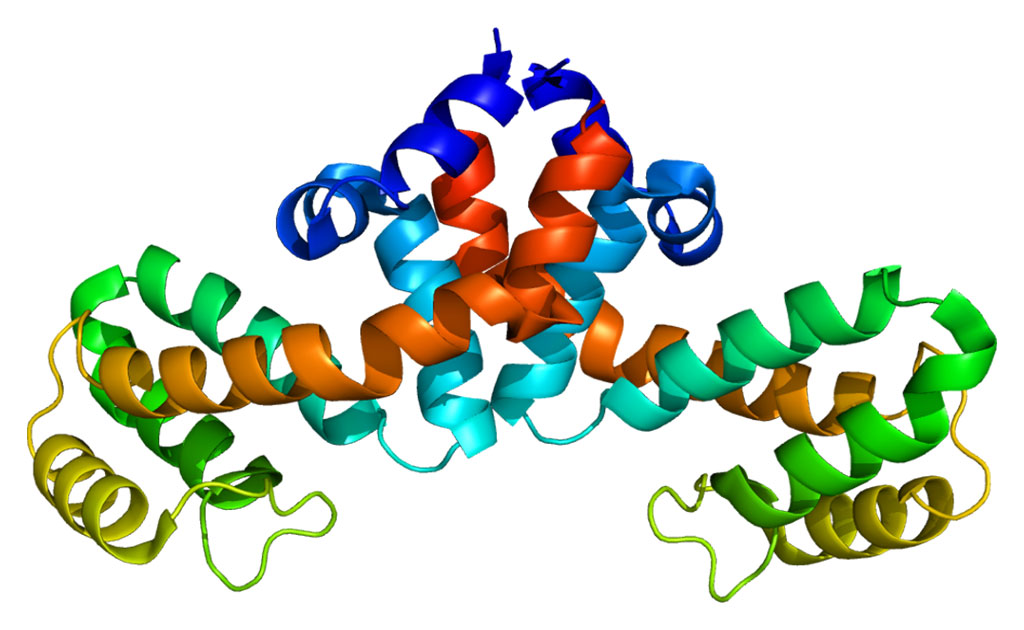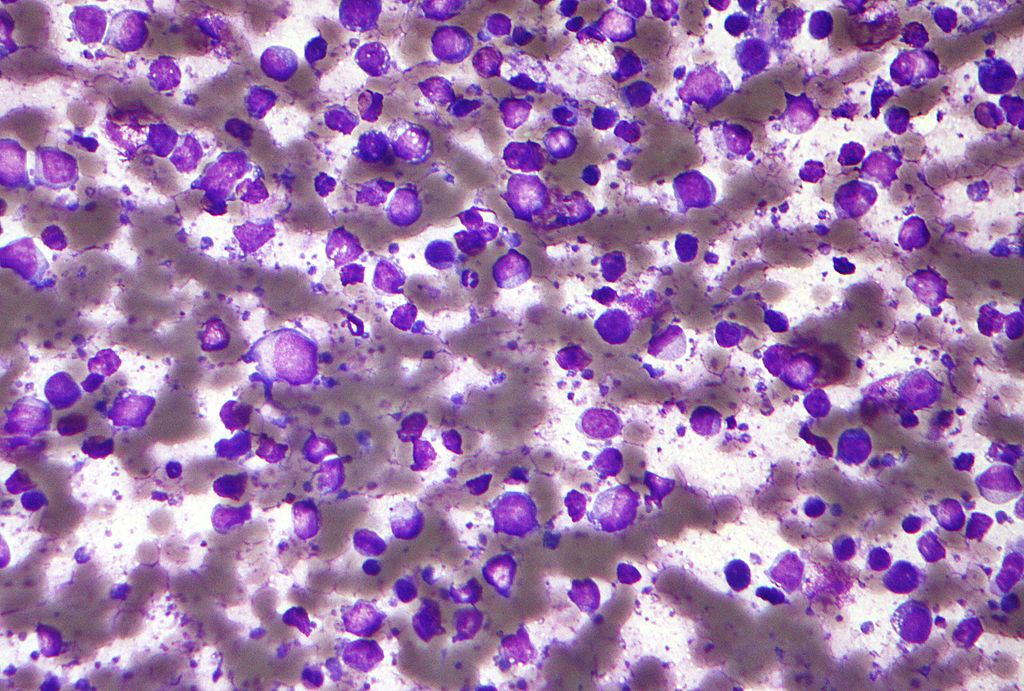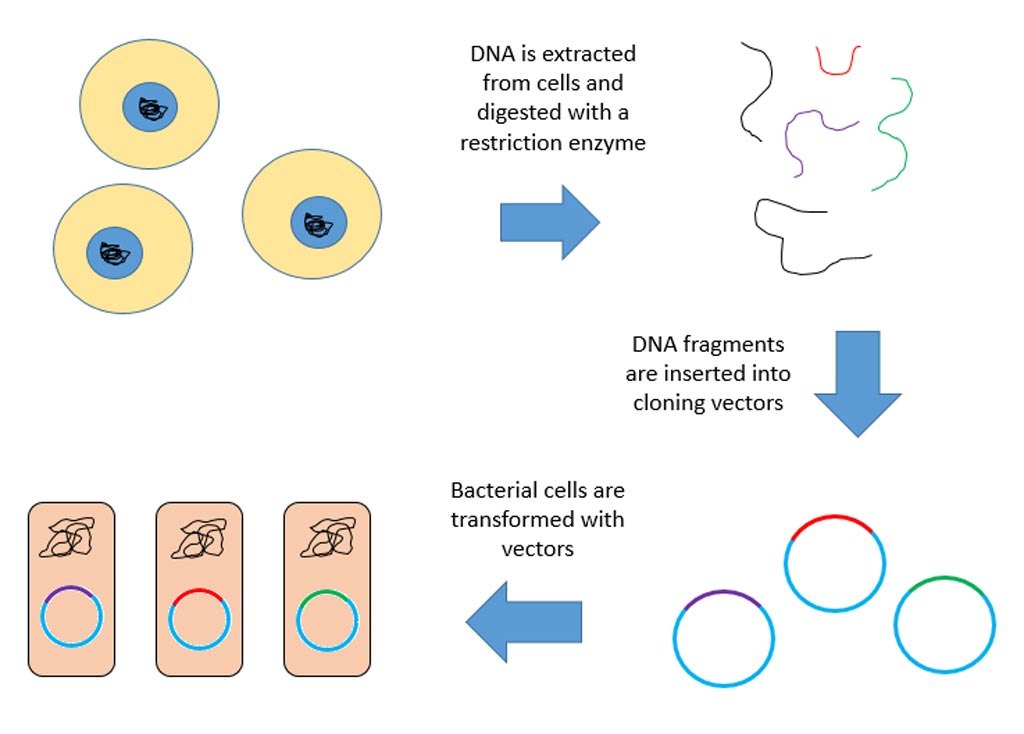Fusion Protein Nanoparticles Stimulate Healing of Chronic Wounds
By LabMedica International staff writers
Posted on 17 Feb 2011
Researchers have developed a nanoparticle-based approach that stimulates wound healing and may emerge as a method for treating chronic wounds resulting from diabetes or other underlying circulatory conditions. Posted on 17 Feb 2011
Investigators at the Hebrew University of Jerusalem (Israel) and their collaborators in the United States and Japan attacked the chronic wound problem by genetically engineering a "fusion protein” containing elastin-like peptides and keratinocyte growth factor (KGF). KGF, which is a small signaling molecule that binds to fibroblast growth factor receptor 2b, and elastin have previously been shown to be intimately involved in the reepithelialization phase of dermal wound healing.
The investigators reported in the December 30, 2010, online edition of the journal Proceedings of the [US] National Academy of Sciences (PNAS) that the fusion protein retained the performance characteristics of KGF and elastin as evidenced by its enhancement of keratinocyte and fibroblast proliferation. At physiological temperatures, the fusion protein self-assembled into nanoparticles.
Application of fusion protein nanoparticles to chronic wounds in a diabetic mouse model resulted in enhanced reepithelialization and granulation, by two- and three-fold respectively, when compared to untreated control animals.
These promising results prompted the investigators to state that, "The data strongly suggests that these self-assembled nanoparticles may be beneficial in the treatment of chronic wounds resulting from diabetes or other underlying circulatory conditions.”
Related Links:
Hebrew University of Jerusalem













